Results 1 to 8 of 8
 20Likes
20Likes
Thread: Another plea of help (coticule)
Threaded View
-
01-21-2016, 04:09 PM #1
 Another plea of help (coticule)
Another plea of help (coticule)
Some time ago I traded a Filarmonica 14 for this stone. It is a natural combo, 11 x 1 5/8 inches (broadest section), have some lines in it, and I chopped off a small part of it from the shallowest extremity to use as slurry stone over my translucent arkansas pike hone. The creamish surface raises an off-white fat milk colored slury, the bottom produces a purplish slurry.
The table it rests in the photos is pure white. As I almost always do with irregular bottom-sided hones it now have a beeswax bed.
Surfing upon Mr. Stillshunter thread, my curiosity was raised. It is possible to identify from what layer this rock pertains?
If additional images are needed, please educate me how they must be taken to be useful.
I thank you in advance, gentlemen, for your opinions.
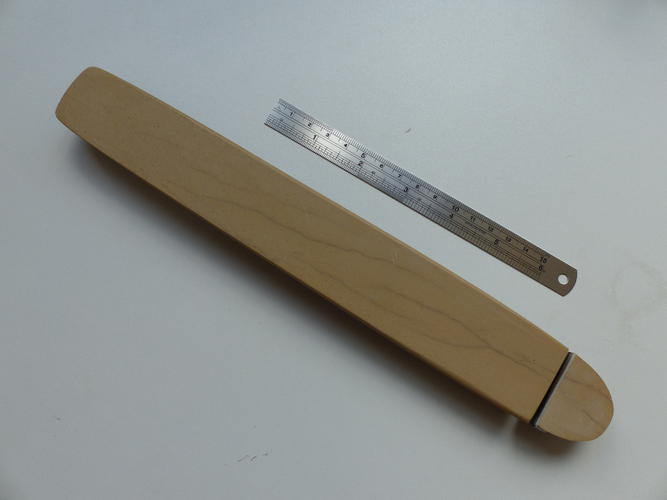
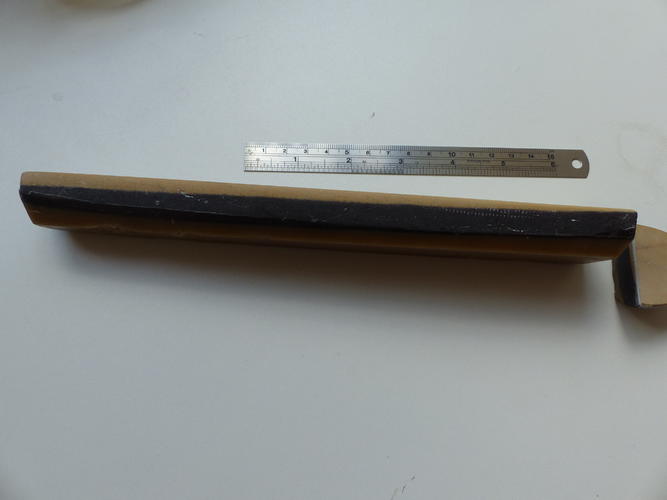
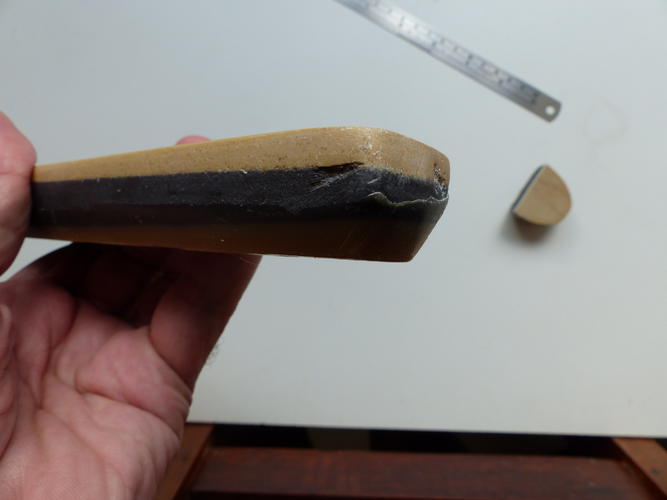
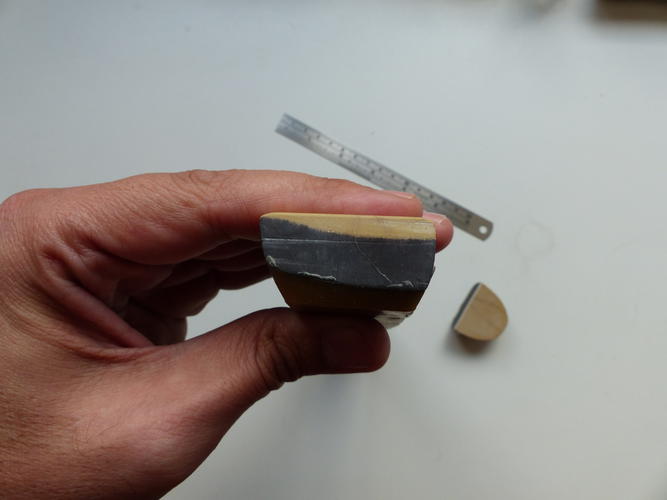
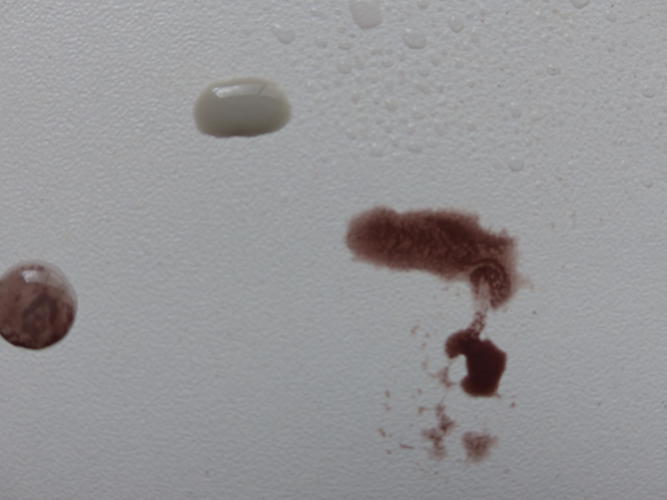
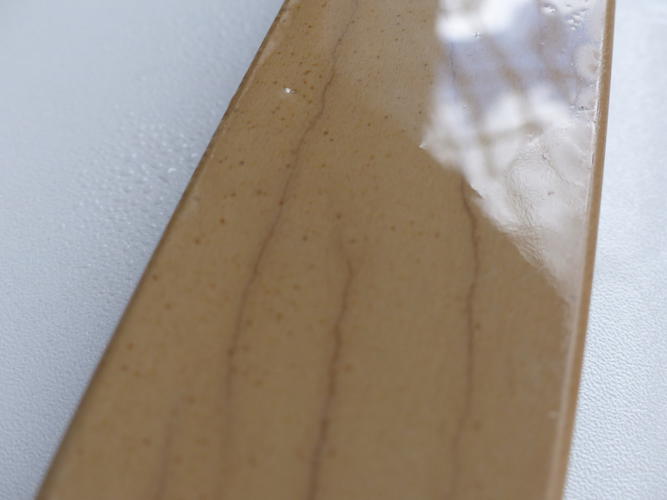
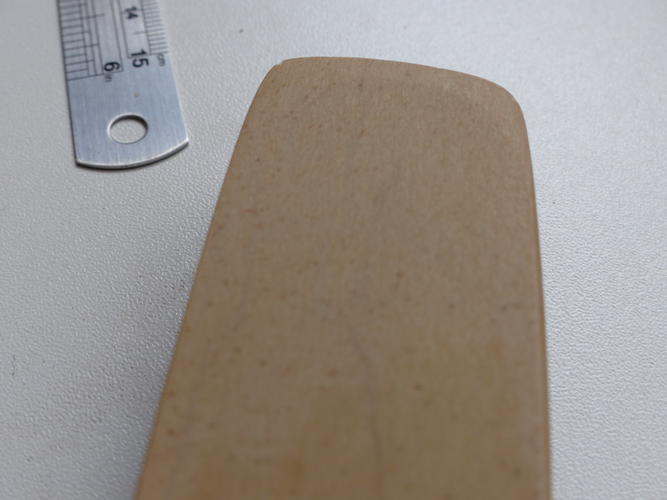
Last edited by Matheus; 01-21-2016 at 04:18 PM. Reason: additional photos taken
-
The Following User Says Thank You to Matheus For This Useful Post:
Euclid440 (01-23-2016)


 LinkBack URL
LinkBack URL About LinkBacks
About LinkBacks






 Reply With Quote
Reply With Quote